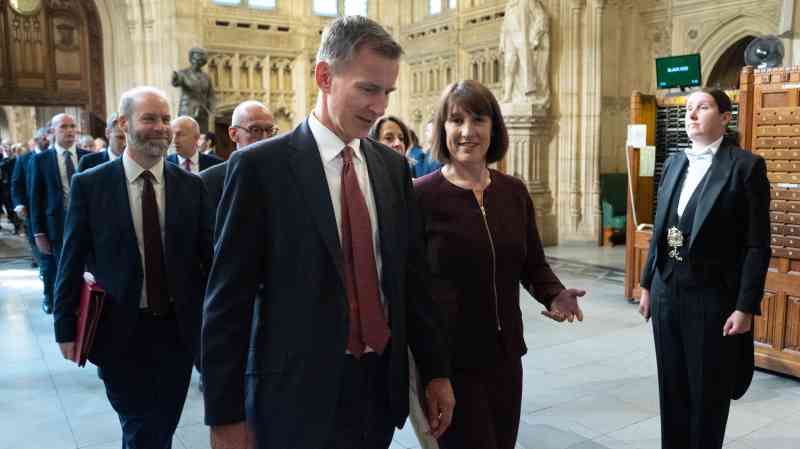The Bank of England should leave interest rates unchanged at 5 per cent this month and accelerate the pace of its gilt sales, according toThe Times shadow monetary policy committee.
Ahead of this Thursday’s interest rate decision, the shadow MPC voted overwhelmingly to keep the base rate unchanged after its first rate cut in four years in August. Only one member of the nine-strong committee, Sir Steve Robson, a former permanent secretary to the Treasury, said rates should be reduced to 4.75 per cent.
Four members also said the Bank should step up the pace of its bond sales back to financial markets, a process known as “quantitative tightening”, which is shrinking the balance sheet amassed during the financial crisis and pandemic emergencies when the Bank bought billions of government bonds.
The quantitative tightening decision, which will set the pace for balance sheet reduction over the next 12 months, is likely to overshadow this week’s interest rate decision as it could have sizeable consequences for Labour’s first budget on October 30. Accelerating bond sales will increase the short-term losses accumulated by the Bank, which are covered by cash transfers from the Treasury.
The Bank is currently allowing its balance sheet to shrink at a rate of £100 billion a year and this should rise to £120 billion, according to the shadow MPC members Charles Goodhart, Martin Weale, Bronwyn Curtis and Andrew Sentance.
A £120 billion pace would result in a financial loss of £28 billion in the coming year, constraining Rachel Reeves’ fiscal headroom in her maiden budget, according to figures from the New Economics Foundation.
The scale of the Bank’s losses has led to speculation that Labour will adopt an alternative measure of the underlying national debt to exclude the impact of losses from monetary policy decisions. This could free up an additional £20 billion in headroom this autumn.
Kitty Ussher, managing director at Barclays, said the chancellor should urgently “clarify” which debt measure the government wants to use as part of its fiscal rules at the budget.
The Bank’s senior officials have said they want to drastically reduce the size of the central bank’s balance sheet, which stands at about £750 billion, to shrink their own interest rate exposure and move to a system where the Bank carries less excess reserves to be tapped by the banking system.
Bronwyn Curtis, a member of the shadow MPC, said the Bank should consider increasing the pace of quantitative tightening beyond £120 billion. “It is a good starting point, but if there was an opportunity to do more as the year progresses, without disturbing the markets, then the Bank should take the opportunity to increase it further,” she said.
The Bank’s interest rate and quantitative tightening decision will come a day after official inflation figures for August are released with analysts expecting a slight rise in the annual rate from 2.2 per cent to 2.3 per cent. The Bank is also widely expected to make no change to borrowing costs, while the US Federal Reserve is poised to loosen monetary policy for the first time since 2020.
Karen Ward, chief market strategist at JP Morgan Asset Management, said the UK “should not necessarily follow the Fed” because “the economy is not behaving like the US”.
“The US has had an extraordinary supply side expansion, particularly in the labour market with rising migration and domestic participation. This has resulted in a remarkably swift disinflation in the US. The UK’s labour market, by contrast, is struggling with low participation and sticky wage growth,” Ward said.
